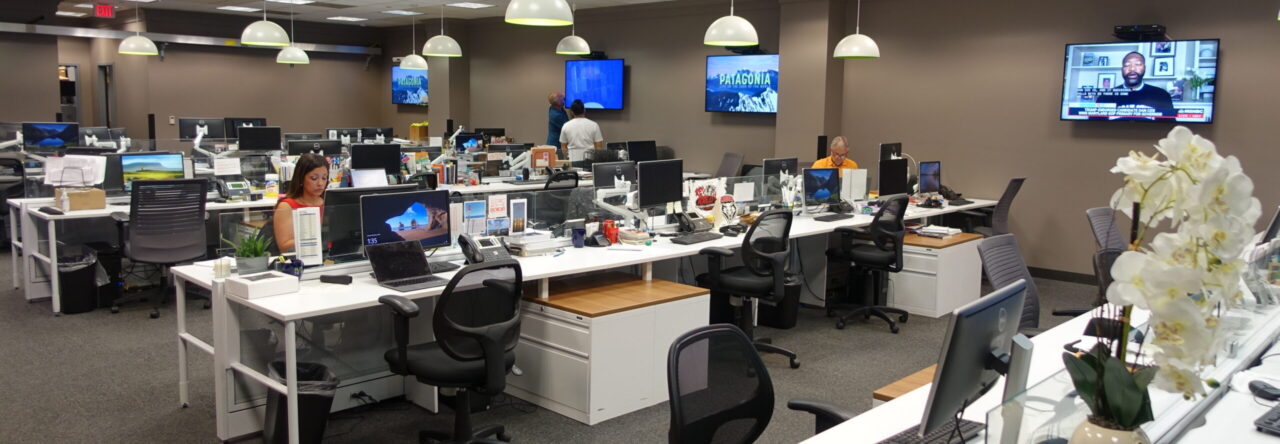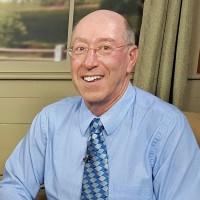
1923 photo via the Library of Congress
If we’ve learned anything about news publishing in recent years, it’s that the giant tech platforms are not our friends. Google is embracing artificial intelligence, which means that searching for something will soon provide you with robot-generated answers (right or wrong!), thus reducing the need to click through. Facebook is moving away from news. Twitter/X has deteriorated badly under the chaotic leadership of Elon Musk, although it still has enough clout that President Biden used it to announce he was ending his re-election campaign.
So what should publishers do instead? It’s no secret — they’re already doing it. They are using email newsletters to drive their audience to their journalism. A recent post by Andrew Rockway and Dylan Sanchez for LION (Local Independent Online News) Publishers reports that 95% of member publishers are offering newsletters, up from 81% in 2022. “The decline in referral traffic,” they write, “will likely lead to more direct engagement by publishers with their audiences.”
Some observers worry about newsletter overload as our inboxes fill up with email we may never get around to reading. That’s potentially a problem, but I think it’s a more serious problem for larger outlets, many of which send out multiple newsletters throughout the day and risk reaching a point of diminishing returns. By contrast, users will value one daily newsletter from their hyperlocal news project with links to the latest stories.
Newsletters are crucial to the success that Ellen Clegg and I have seen both in the projects we write about in our book, “What Works in Community News,” and on our podcast, “What Works: The Future of Local News.” Essentially, we’ve seen three newsletter strategies.
- By far the most common approach publishers use is to offer a free newsletter aimed at driving users to their website, which may be free or subscription-based. The Massachusetts-based Bedford Citizen, for instance, sends out a daily newsletter generated by its RSS feed and a weekly human-curated newsletter. The Citizen is a free nonprofit, but once they’ve enticed you with their top-of-the-funnel newsletter, they hope they can lure you into becoming a paying member. Ellen and I interviewed executive director Teri Morrow and editor Wayne Braverman on our podcast last February.
- The Colorado Sun, a statewide nonprofit, offers a series of free and paid newsletters, while the website itself is free. The paid newsletters represent an unusual twist: Some of them feature deeper reporting than you can get from the website on topics such as politics, climate change and outdoor recreation. At $22 a month for a premium membership, users pay no more than they would for a digital subscription to a daily newspaper. Editor Larry Ryckman talked about that in our most recent podcast.
- In some places, the newsletter is the publication. An example of that is Burlington Buzz, a daily newsletter that covers Burlington, Massachusetts. Founder, publisher and editor Nicci Kadilak recently switched her newsletter platform from Substack to Indiegraf, and her homepage looks a lot like a standard community website — which shows that it’s a mistake to get too caught up on categories when newsletters have websites and websites have newsletters. Ellen and I talked with Nicci last year.
What’s crucial is that news publishers have direct control of the tools that they use to connect with their audience. Gone are the days when we could rely on Facebook and Twitter to reliably deliver readers to us. We have to go find them — and give them a reason to keep coming back.
Correction: Burlington Buzz has moved to Indiegraf, not Ghost.




